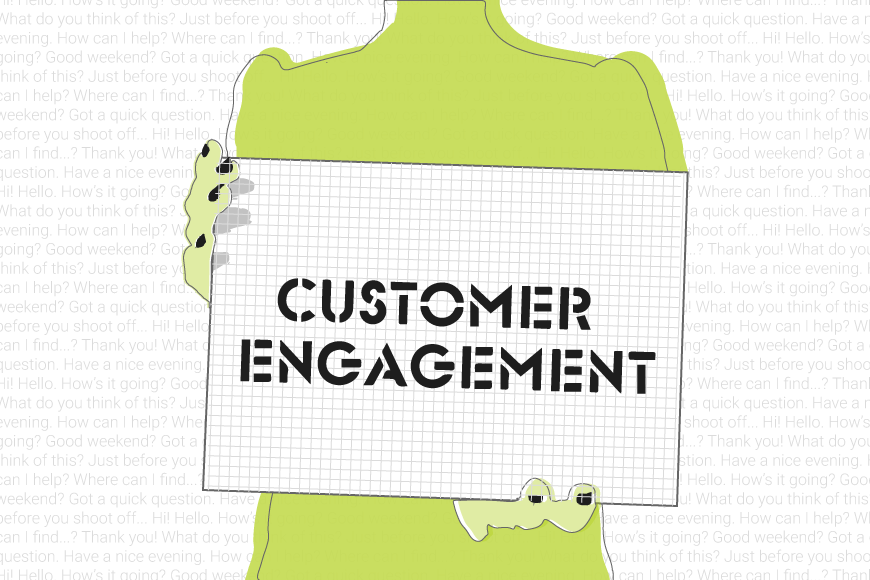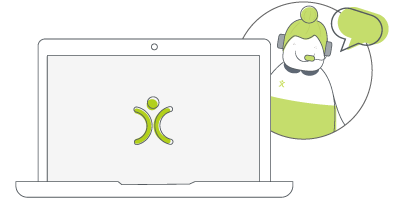Customer Engagement: Levelling up on the relationship
9 Jul 2019
How do you engage with your customers? Really engage with them and make a meaningful connection.
It’s a tough thing to do and every business will approach it slightly differently. But there are similar touchpoints or stages companies with successful engagement strategies will hit with their customers.
And our MD explores these in his latest article in Business Direction.
You can also find this article in the latest issue of Business Intelligence, Business Comment, and Business Edge.

Let us take you on a tour
You've had a look around and are starting to think OpenCRM might be the system for you and your business. Why not chat with one of our team (and ask your burning CRM questions) as they take you on a tour of the system?
find out moreWhether it’s on social media, marketing emails, review sites, face-to-face at conventions or expos, or even just on the phone, it can be difficult to make a meaningful connection with your customers.
I’m not talking about the relationship building. Getting to know what an individual or a company wants from your company and building ties through that is one thing. It’s important, don’t get me wrong, my last article focused entirely on how important it is.
But it isn’t the same as customer engagement.
When I say customer engagement, what I mean is having an open dialogue between your business and your customers. A conversation that isn’t about the purchasing of goods or services, but rather about what they think or how they feel about your products and customer service.
In my experience, there are three levels or stages to the ways people engage with a company. Not everyone goes through all of them (or even in this order), though, so it is important to not think of yourself or your company as failing if all of your customers aren’t micro-influencers within a year of the first purchase.
Engagement Level 1: Feedback
When you first start down the road of encouraging customer engagement, the first rung on the ladder is establishing the best way to gather feedback.
Some of the feedback will be easy to track and make decisions off, like survey results. This will be hard numbers: 5 stars for this, 2 stars for that, etc.
You may also get increases or decreases in customer support calls, which could mean a lot of things from better use of your Knowledgebase to general dissatisfaction with a new product. Again, hard numbers that you can collate and analyse.
Other information, however, will be slipperier. It will be things like “I talked to so-and-so and she’s not happy with her latest delivery” or “That guy just loves the new widget”. Useful information, but getting the numbers on it is trickier (but not impossible).
Engagement Level 2: Suggestions
Once you get your customers talking to you and telling you what they think of your product, it isn’t much of a jump before they tell you what they would do differently.
Some of it may be outside of your product roadmap or even outside the realms of possibility, but it’s all good engagement. After all, it shows that they’re thinking about your product and how they could better integrate it into their lives.
Handling these suggestions is tricky, in fact there are dozens of online tools designed to help you do just that!
At this level of engagement, the important thing is to make it clear that you welcome their suggestions and to feedback to them when you are implementing them.
Engagement Level 3: Open Dialogue
It’s important to note that you’re unlikely to achieve full customer engagement with each and every one of your customers. Some will get to the Feedback stage and never move beyond it, others won’t even get that far.
With some, however, you’ll move through Feedback and Suggestions, passing into a relationship that includes full and open dialogue. This engagement might be about your product or it could be about your customer service or even your social media presence. You just never know, every company experiences it differently.
For us, reaching this level often includes us asking those customers to beta test something for us. It could be a new mobile app or a new method of communication (no really—watch this space for that one).
We ask them to test because we know that we’ll get honest feedback, considered insights and suggestions, along with the ability to pick up the phone and generally chat about the new development. Where is it going, where did it come from, what is the potential impact.
The most important thing about this level of engagement is that you as the business owner recognise the contribution your customers are making.